
Signs!
Signs. Markers. Buoys. Lights. Aids to Navigation. I may have mentioned these over the past few weeks. There is a lot of information presented on signs along the ICW. I thought I might describe them in more detail because it was difficult for me to envision what to expect when I first started the trip.
Markers
Along the ICW there are red and green channel markers. They are positioned at various intervals and act as guideposts, telling us where we should be headed and what we should avoid. When traveling counter-clockwise along the ICW, the red markers should be on the port (left) side of the boat, and the green markers should be on the starboard (right) side of the boat. The markers are sometimes strategically positioned to help you avoid running aground. So we try to stay between the red and green markers as much as possible.
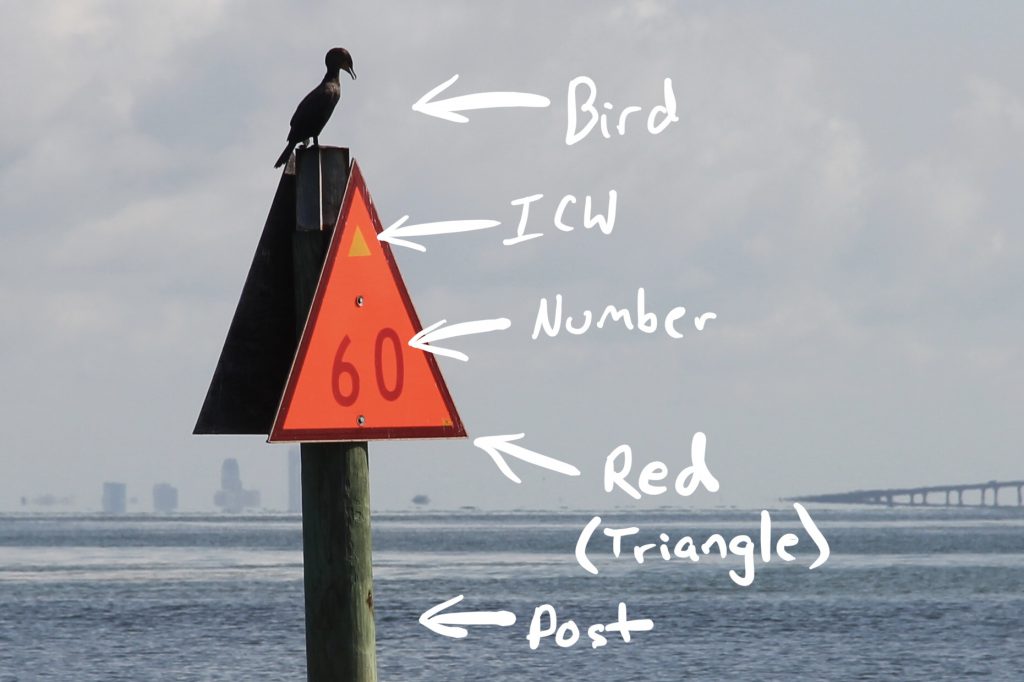
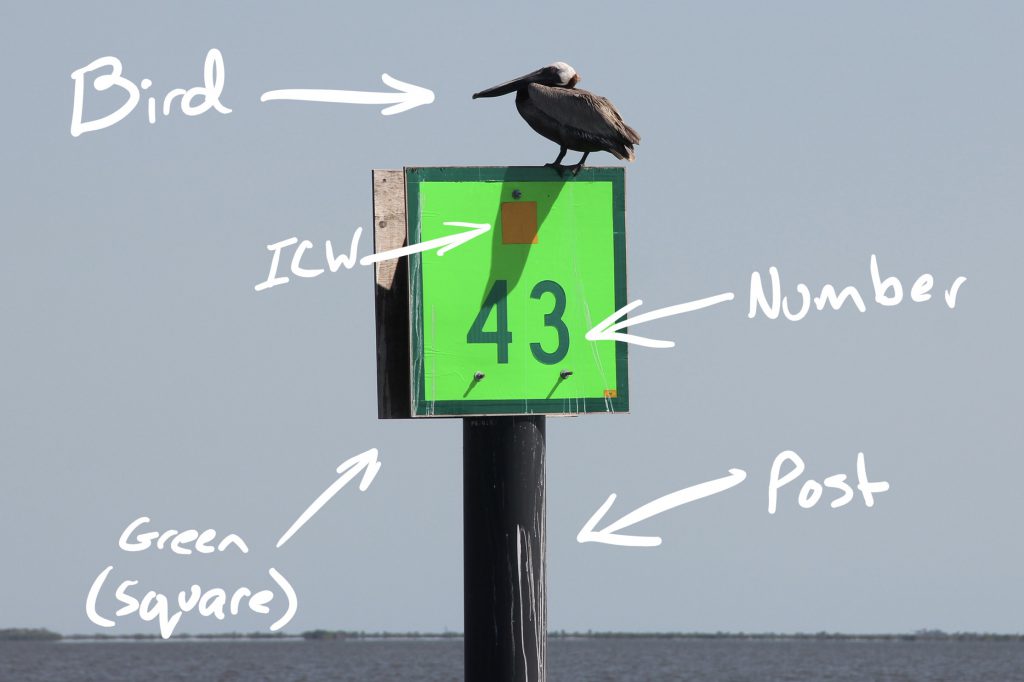
Markers on the ICW have gold patches on them: either a square or a triangle. This differentiates them from other markers. The ICW is not the only place where markers are used. They are also used to mark the route to the larger ports from the ocean. These are marked with the red marker on the starboard side of the boat when entering the port. The phrase “Red Right Returning” is used to say that the red markers should be on your right when returning from the sea. This rule can sometimes take precedence over the ICW markers, and in those cases the reds and greens are switched until we move past the port or harbor that they are marking.
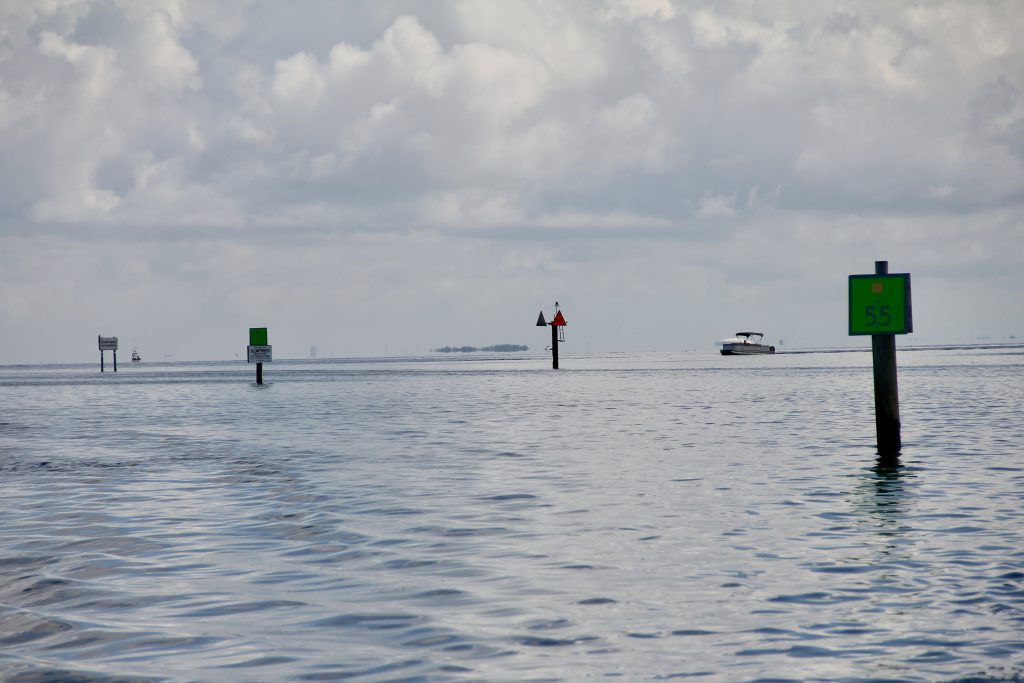
We have seen several types of markers. The most common are the ones on wooden posts. Some have lights on top, others do not. The common feature of all signs that are mounted on posts are birds. If at first glance you don’t see the marker, just look for a bird. The marker will be just underneath the bird.
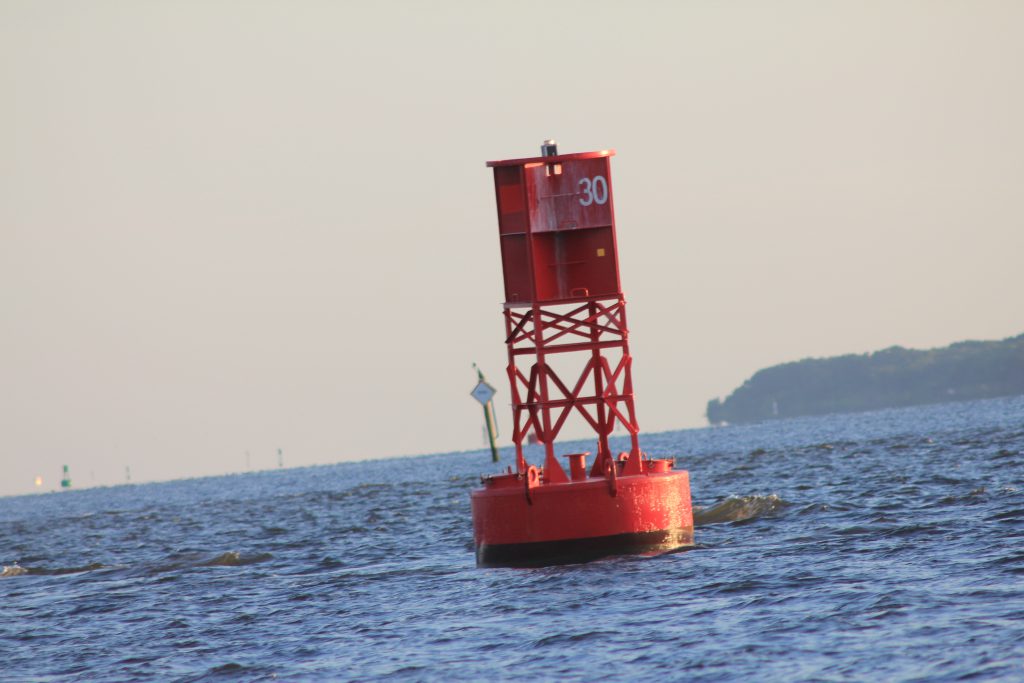
Other markers include the giant buoys. These are usually located in larger bodies of water and are usually easy to spot.
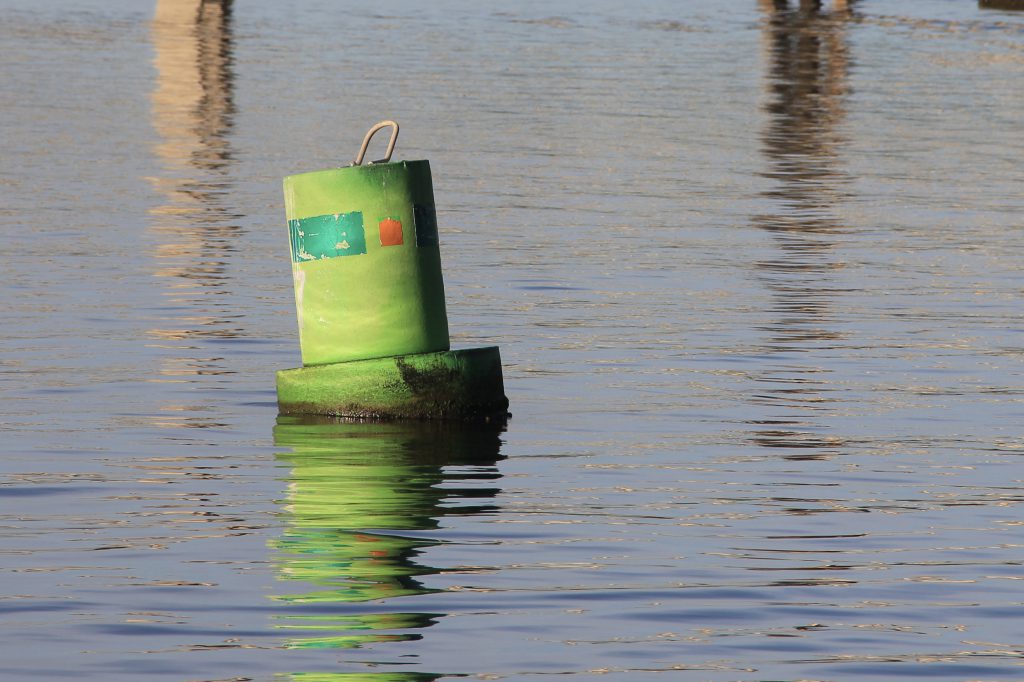
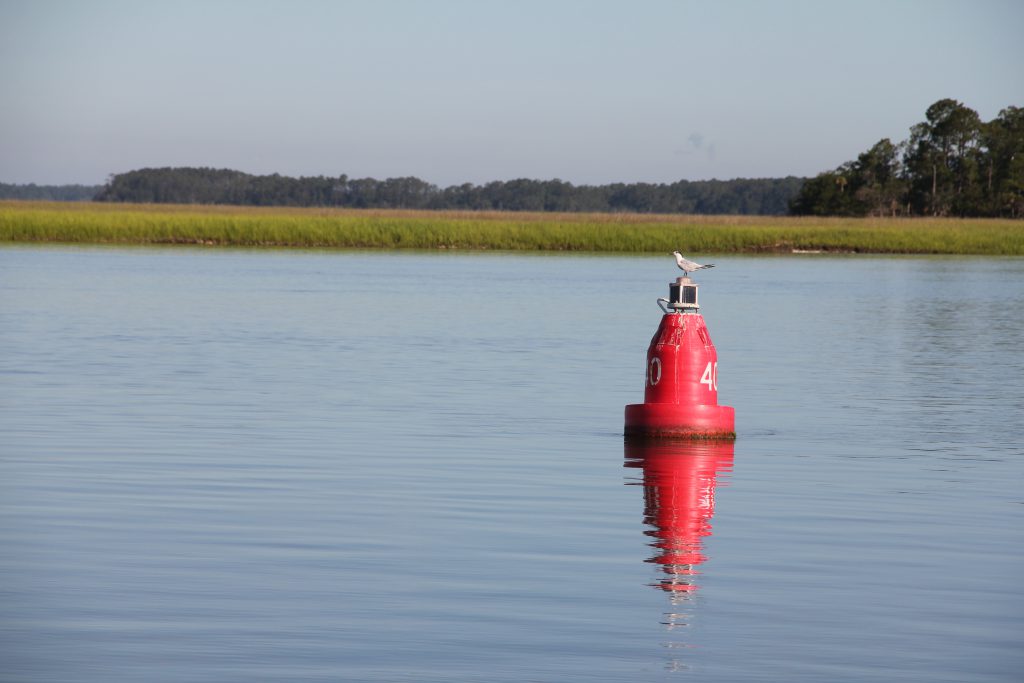
The hardest ones to find are the small floating markers, sometimes called nuns and cans. The nuns are the red pointy ones and the cans are the green cylindrical ones. They are movable so the Coast Guard or whomever can reposition them when necessary.
Speed Limit signs
They don’t always say a specific speed limit, but the comparison is still valid. There are sections of the ICW that are marked with a maximum speed, slow speed, idle speed, or no wake. The signs can be difficult to read from a distance, and it can be difficult to determine when the slow speed zone has ended.
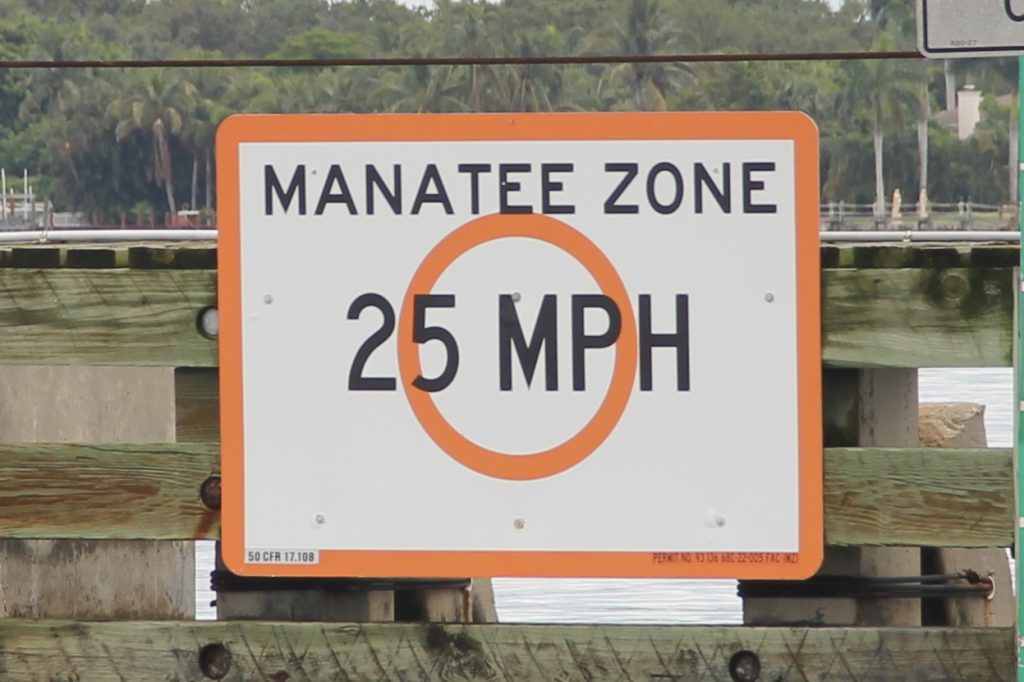
Idle speed no wake is different for each boat, so you have to determine how slow your boat must go to not create a wake. One guy told me that it is the speed you go when approaching a dock. That is pretty slow for me.
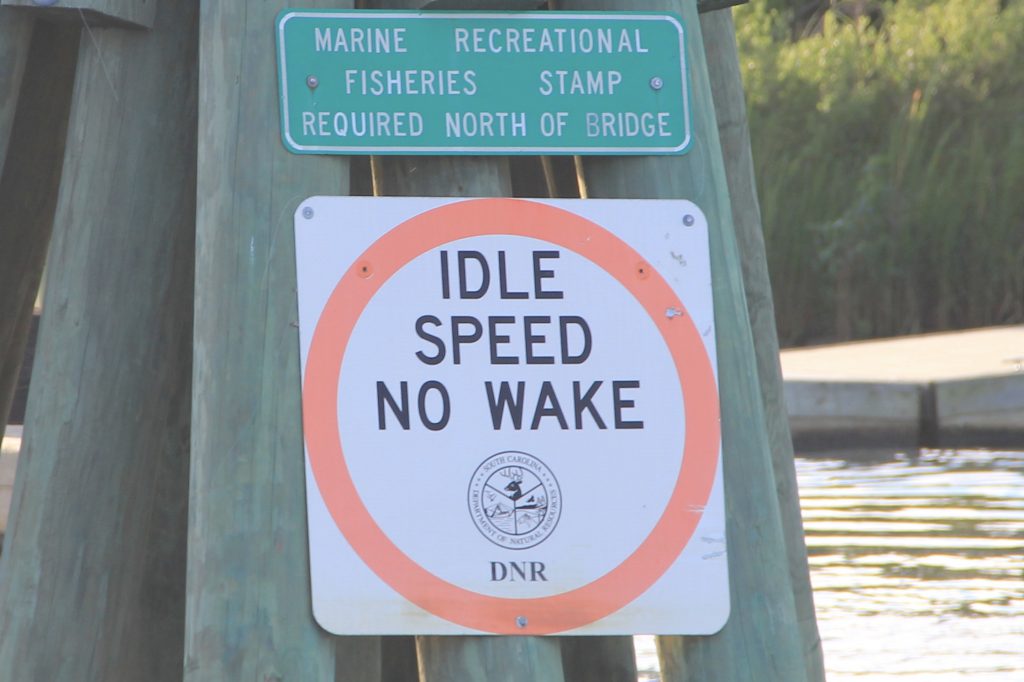
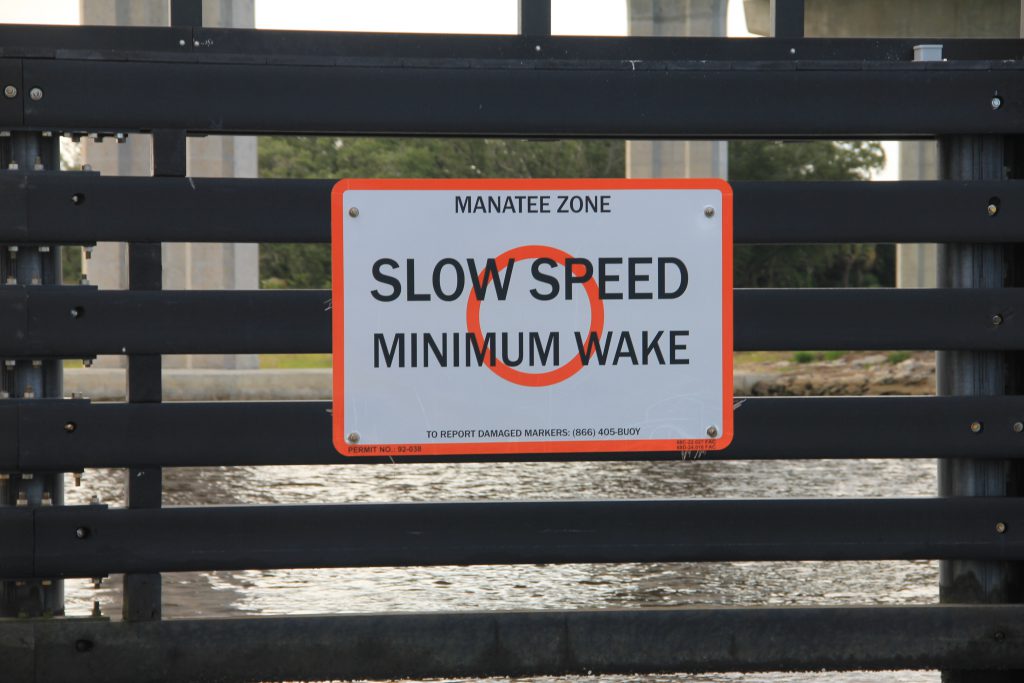
We normally cruise at 7 knots, which is about 8 mph, and at that speed we don’t create much of a wake. But when we see a “slow speed” sign we usually pull back to 5 knots.
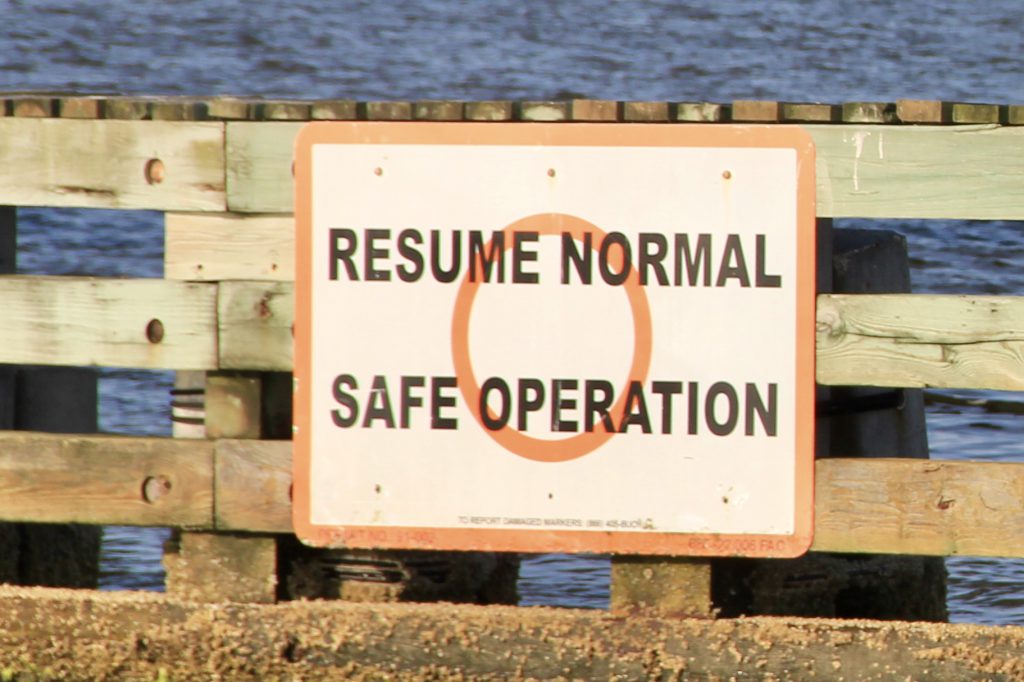
Warning signs
Less common but sometimes scary are the “Danger” signs. In the few situations where we have seen these signs we have always paid attention.
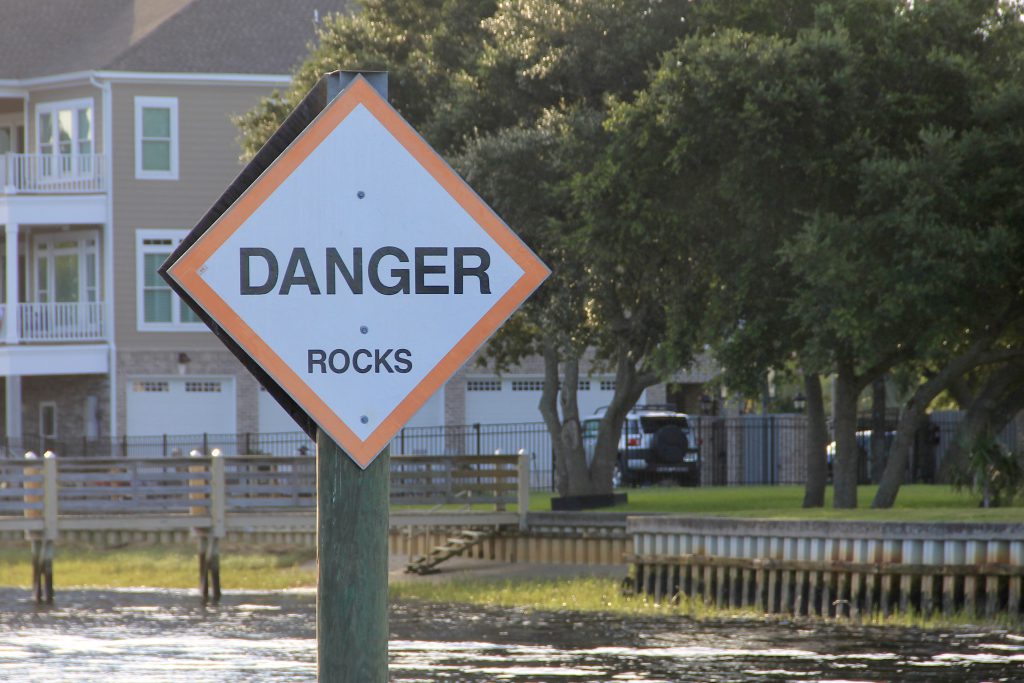
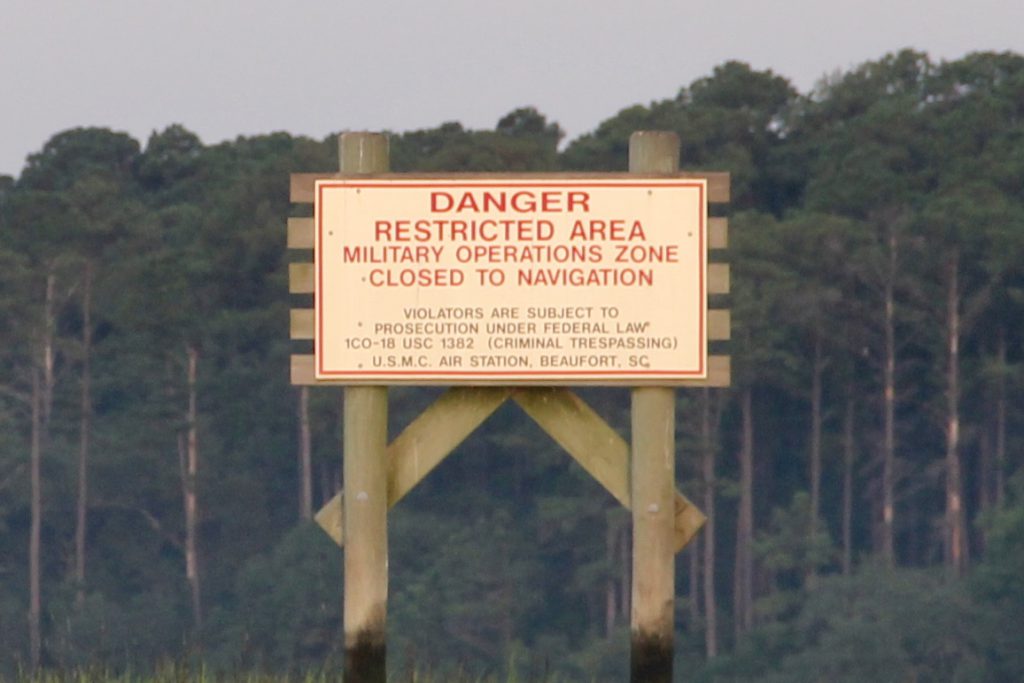
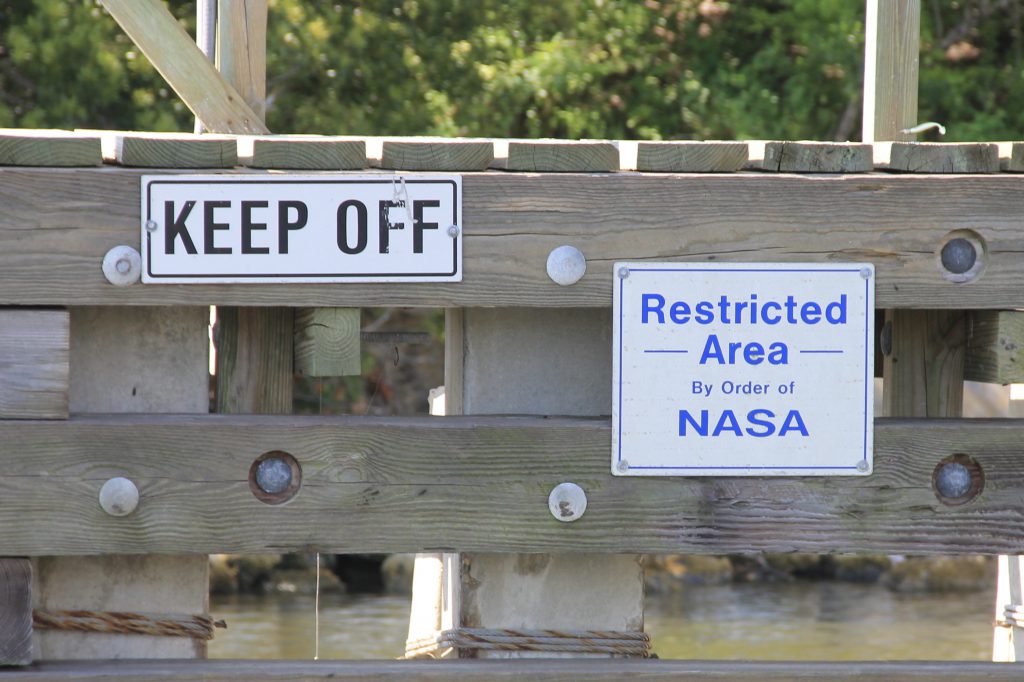
Bridge and Lock signs
Bridges usually have several bits of information available on signs. The height of the lowest part of the bridge above the water is usually indicated by a vertical scale that extends down into the water. By looking at the waterline on the scale you can read the number that tells how much clearance you have under the bridge.
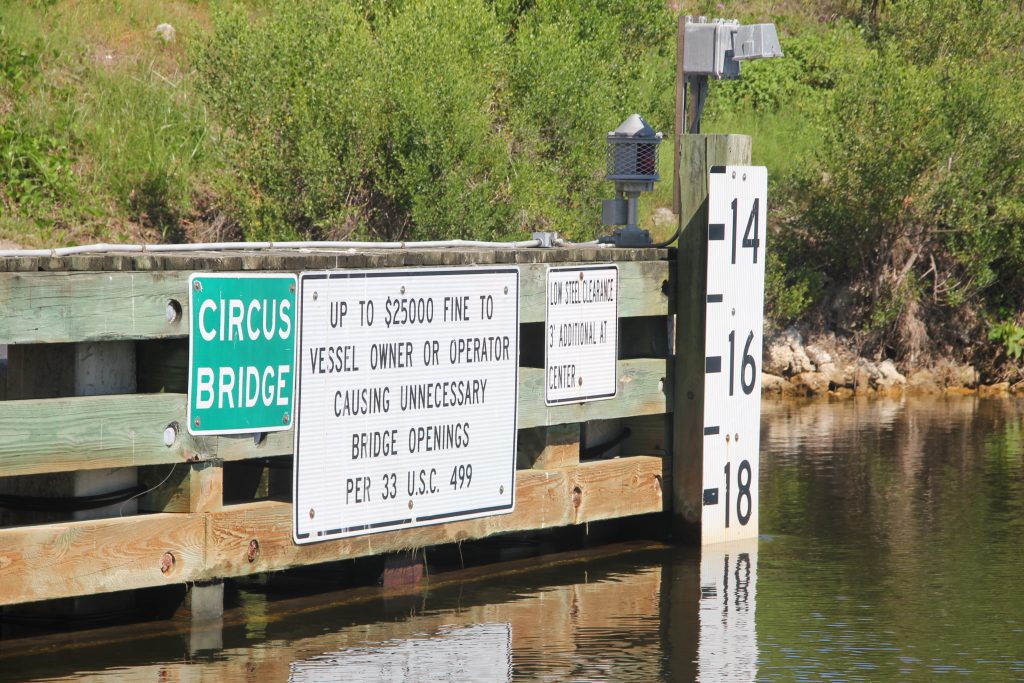
There is a lot of information plastered on some bridges. Things like the vhf channel to use to talk to the bridge operator, the hours of operation, and warnings for causing unnecessary openings. One in particular made me scratch my head.
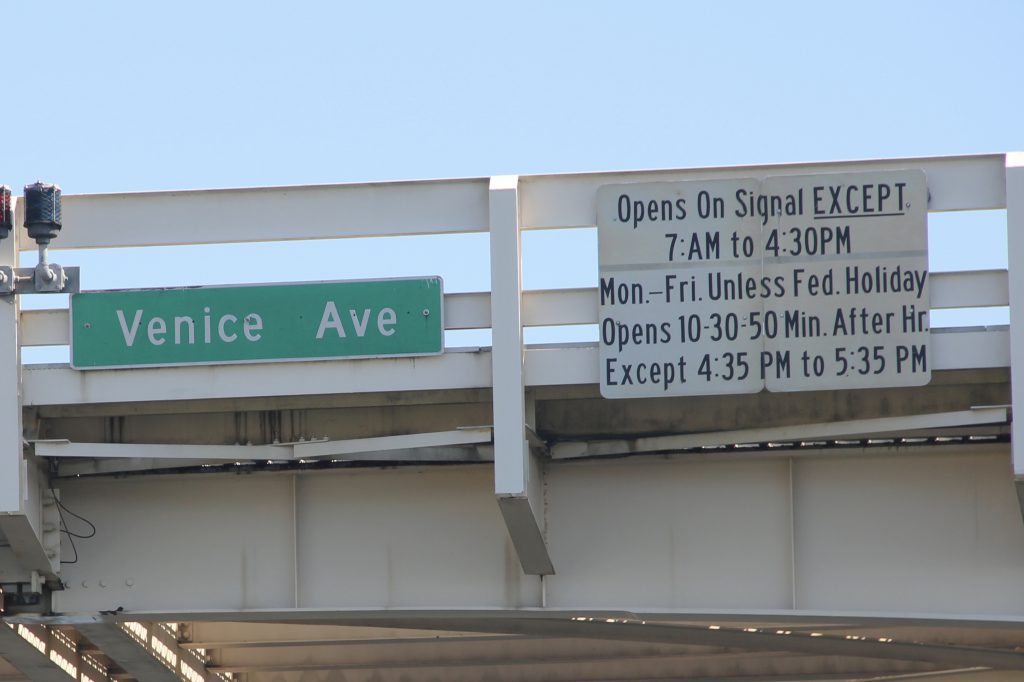
When signs have lights associated with them it is time to read carefully. Some of the bridges have been unusual and require that boats stay clear until the bridge has been opened fully.
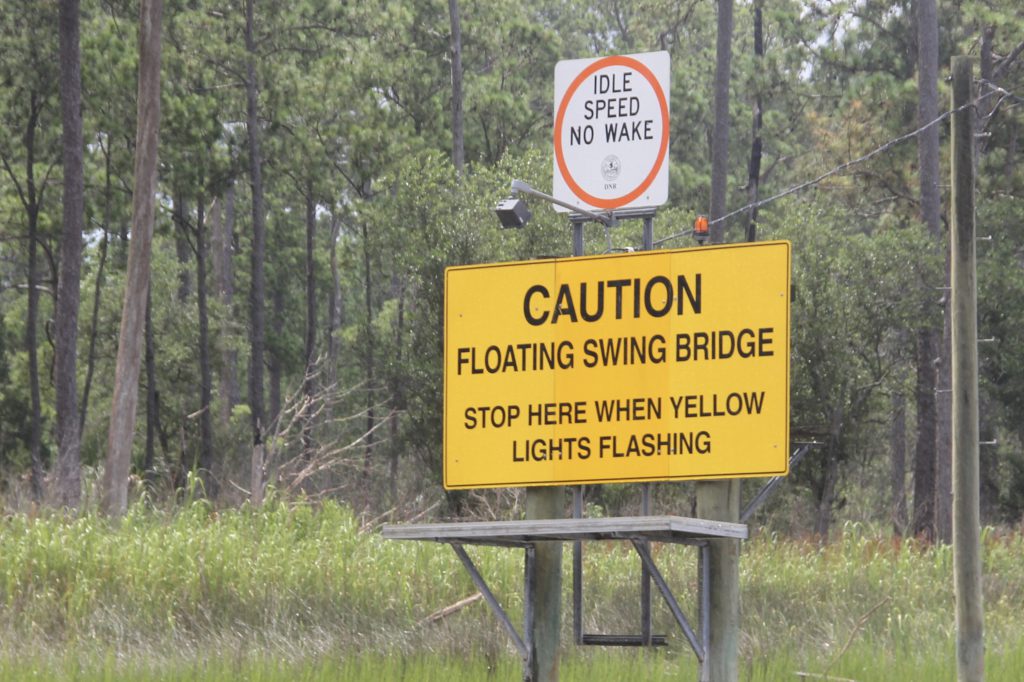
At the locks we have been through so far there have been signs to tell you where to make radio contact with the lock operator, as well as a sign indicating where to wait. They have also had red and green lights to indicate when it is ok to enter the lock.
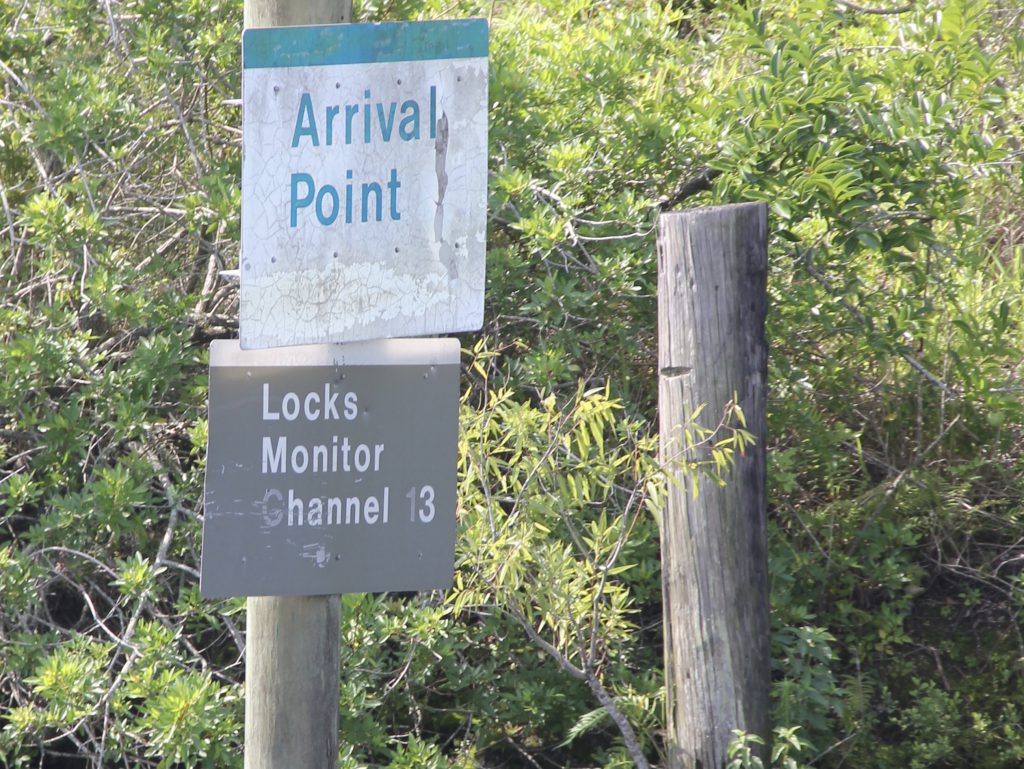
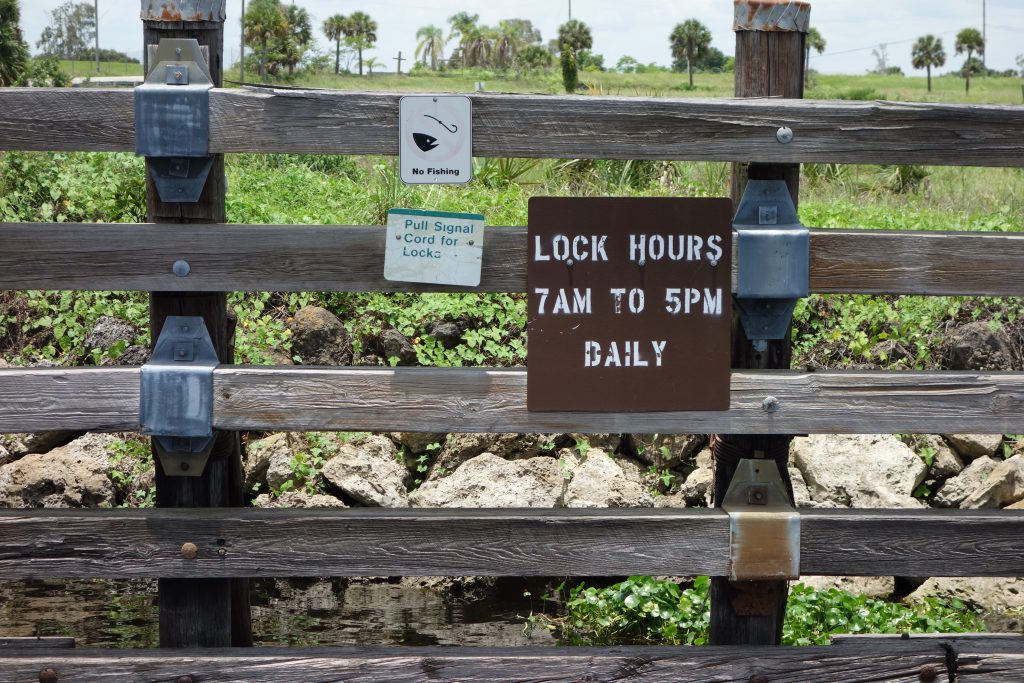
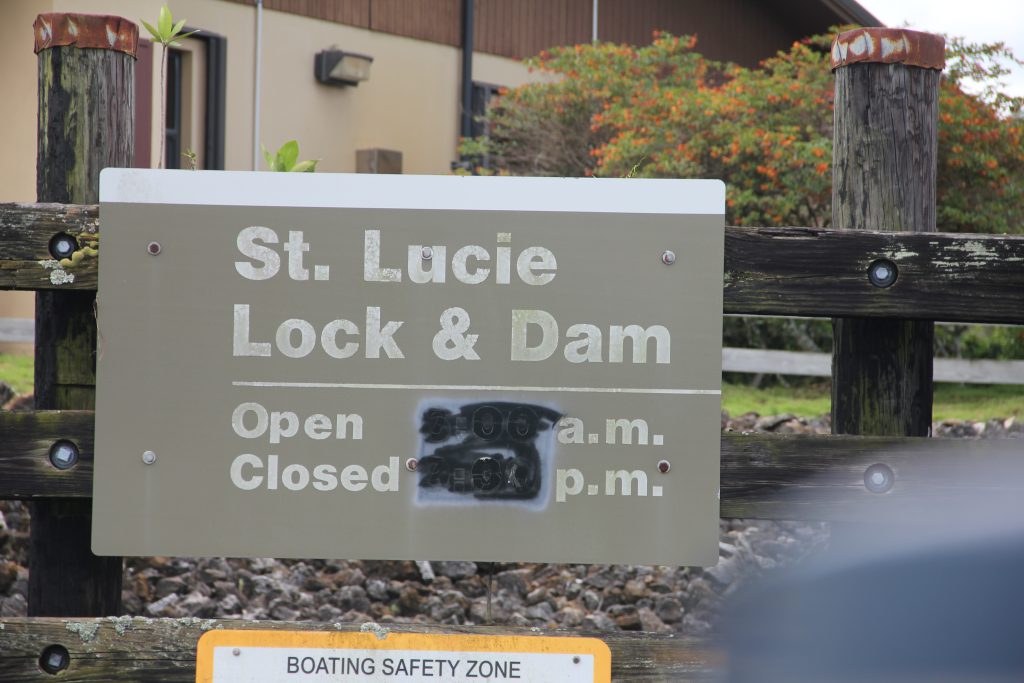
I am sure we will encounter many other forms of information as we continue the journey, so stay tuned!